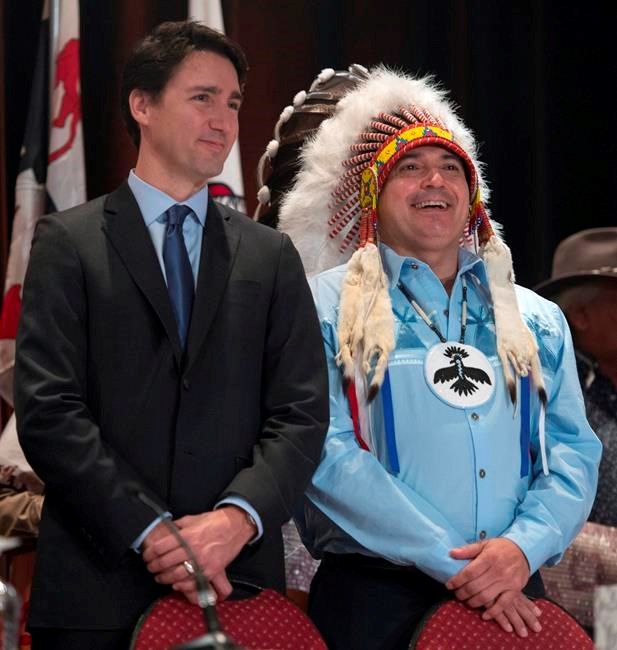Ottawa seems no further along the path to closing the socioeconomic gap between on-reserve Indigenous people and the rest of Canada, nor in helping First Nations get the skills they need to enter the workforce.
Federal auditor general Michael Ferguson lumped the disastrous Phoenix pay system together with some Indigenous programming as "incomprehensible failures," and blamed government culture for fostering these failures.
Ferguson tabled seven performance audits of various federal programs and activities in his 2018 Spring Report tabled in Parliament on May 29.
Two audits were conducted of First Nation programming delivered by Indigenous Services Canada and Employment and Social Development Canada, particularly in the way these departments collect data, track programming success and report.
Contrary to the government's assertion for years of wanting to close the socioeconomic gap, the auditor general found that gap appears to have widened between 2001 and 2016 between on-reserve residents with at least a high school diploma and other Canadians.
Yet Indigenous Services Canada had no clear picture of the size of the gaps and no way of knowing if progress was being made. The department consistently made poor use of the education data it collected, the auditor general said.
The public reporting of results was inaccurate, such as overstating First Nations high school graduation rates by up to 29 per cent.
In one instance, $42 million was spent over four years to prepare First Nations students to enter post-secondary education programs. However, only eight per cent of those enrolled actually completed this preparatory program.
The auditor general found the department did nothing to work with First Nations or education institutions to improve the success rate.
In a second audit of a program entitled Employment Training for Indigenous People, it was discovered that despite spending more than $300 million a year on the program but there was no data available to determine if there was any success to show.
There was no bureaucratic knowledge of which services achieved the best results or what adjustments needed to be made to better service clients.
While 16 per cent of clients received five or more services, the department couldn't tell whether these clients made progress in securing or maintaining employment.
“I want to stress the need for the government and the public service to look at these audits differently, not just as a list of issues we found in different programs, but as symptoms of a much deeper culture issue,” stated Ferguson.
“Departments can implement our recommendations and deal with the symptoms we’ve raised, and that is important. But the real question for the government to think about is why do we keep finding and reporting serious problems, and why do incomprehensible failures still happen?”




